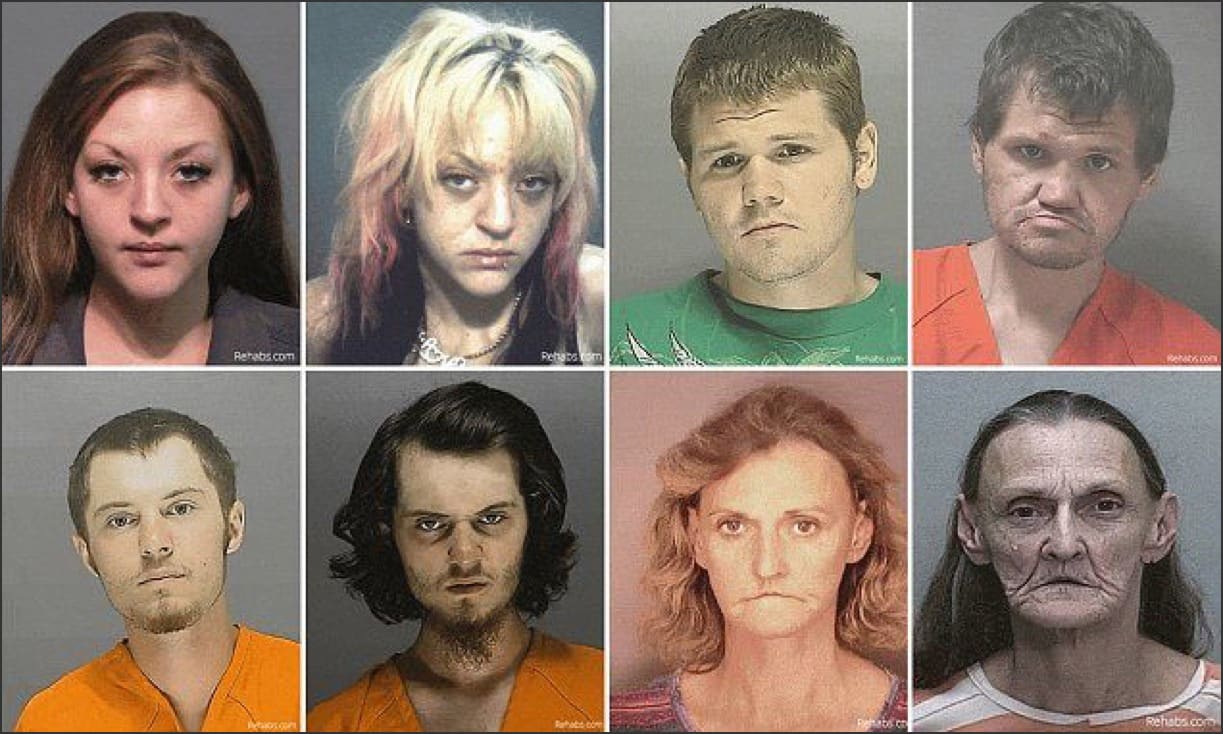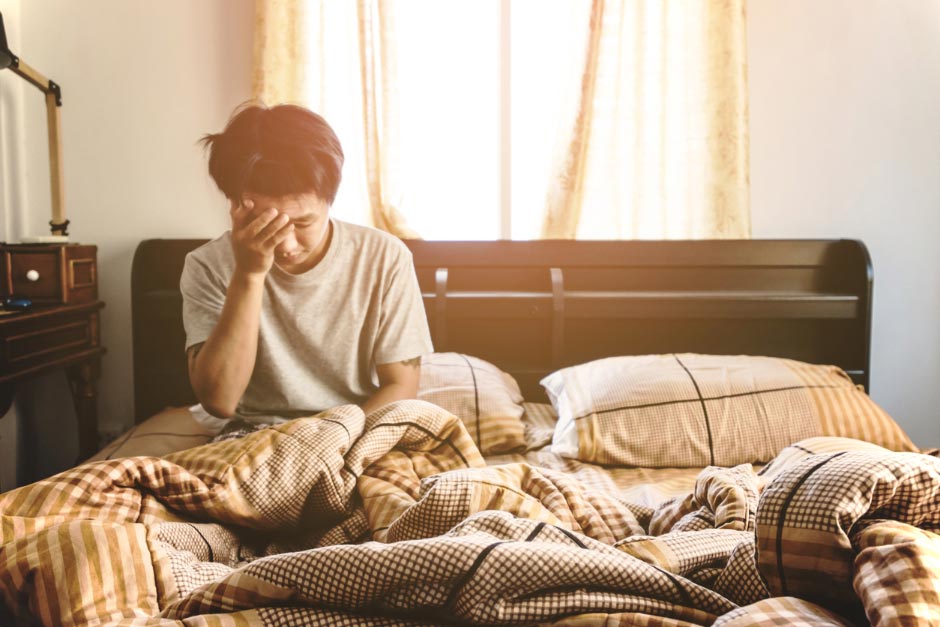“Speed” is a popular street term that refers to a group of stimulant drugs—substances that elevate brain activity and increase physical and mental alertness. These stimulants are often used by teenagers, young adults, and even some older individuals for various reasons: to stay awake longer, to increase concentration, to lose weight, or to simply experience an artificial high.
Speed is not a single drug, but rather a category of drugs that includes:
-
Amphetamines – prescription medications often used in the treatment of ADHD (attention deficit hyperactivity disorder), narcolepsy (a sleep disorder), and occasionally depression.
-
Methamphetamine – a more potent and dangerous stimulant, often produced illicitly and abused recreationally.
While both amphetamine and methamphetamine share a similar structure and purpose, methamphetamine acts faster and hits harder—resulting in more intense effects and, unfortunately, higher risk. What makes speed particularly dangerous is that some people take amphetamine-based pills without medical guidance, thinking they are harmless “study drugs” or performance enhancers. This misuse can easily spiral into dependence, especially when combined with other substances in social or party settings.
Despite the temporary burst of focus or energy these drugs may provide, every form of speed carries severe health risks, including addiction, mental health deterioration, and long-term physical harm.

Common Prescription Drugs That Function Like Speed
Some prescription medications act like speed and are frequently abused because of their stimulant properties. These include:
-
Adderall
-
Dexedrine
-
DextroStat
-
Dexosyn
These drugs are normally prescribed for legitimate medical conditions, but when taken without proper supervision or in doses higher than recommended, they can produce euphoric and energizing effects similar to those of illegal stimulants.
Slang Names: How Street Culture Refers to Speed
Just as drugs evolve, so does the language around them. Speed is known by many nicknames in the street and club scenes. These aliases often make the drugs sound harmless or even fun, masking the real danger behind them.
Popular street names for speed (general stimulants) include:
-
Beans
-
Beanies
-
Black Beauties
-
Christmas Trees
-
Dexies
-
Eye-openers
-
Pep pills
-
Wake-ups
Street names specifically for methamphetamine include:
-
Crank
-
Chalk
-
Glass
-
Go
-
Ice
-
Redneck cocaine
-
Tina
-
Tick-tock
-
Scootie
-
Spoosh
-
Yellow Powder
These terms might seem quirky or benign, but make no mistake—what lies behind them is often a powerful, habit-forming substance that can cause lasting harm.

The Dangerous Impact of Speed: What It Does to the Body and Mind
Speed essentially hijacks your body’s central nervous system. It increases heart rate, heightens senses, lifts your mood, and can make you feel like you’re firing on all cylinders. But when that effect wears off, the crash hits hard—leaving you drained, irritable, and craving more. That’s how the cycle of dependency begins.
The short-lived effects that users often chase include:
-
Bursts of energy
-
Increased sensory awareness
-
Feelings of excitement
-
A temporary euphoria
-
Laser-like concentration
-
Heightened productivity
Unfortunately, the body wasn’t meant to operate at that level for long. The perceived “benefits” come at a steep price.
The downside—the adverse effects—are extensive:
-
Throbbing headaches
-
Extremely dry mouth
-
Nausea or digestive discomfort
-
Suppressed appetite
-
Inability to stay focused
-
Sudden spikes in body temperature
-
Outbursts of aggression or violence
-
Constant anxiety or unease
-
Elevated blood pressure
-
Heart palpitations or irregular heartbeat
Over time, the long-term risks can be catastrophic:
-
Extreme weight loss or eating disorders like anorexia
-
Recurrent urinary tract infections
-
Stroke or cardiovascular complications
-
Severe mental disorders including psychosis
-
Persistent paranoia
-
Chronic depression
-
Lasting brain damage
The Meth Factor: Why Methamphetamine Is Especially Alarming
Methamphetamine stands out as one of the most dangerous substances in the stimulant category. It doesn’t just give the brain a temporary jolt—it can rewire it. Long-term meth use has been linked to permanent damage to brain areas that regulate emotion, memory, and reasoning.
Common long-term consequences of meth use include:
-
Severe emotional instability
-
Cognitive impairment
-
Deep anxiety and clinical depression
-
Chronic insomnia
-
Unpredictable mood swings
-
Aggressive outbursts
-
Hallucinations or full-blown psychosis
-
Open skin sores from compulsive scratching
-
Malnutrition and severe weight loss
-
Rotten, broken, or missing teeth (often called “meth mouth”)
-
Organ damage (especially liver, kidneys, and heart)
-
Increased risk of stroke and brain bleeding
Whether it's smoked, snorted, swallowed, or injected, meth’s damage often extends far beyond the high. Relationships, careers, physical appearance, and mental well-being often deteriorate in parallel.
How Teens and Young Adults Misuse Speed
In school settings or competitive environments, it’s common for teens and college students to use prescription stimulants like Adderall not for fun—but for academic advantage. These pills are usually swallowed whole, giving users a feeling of clarity and drive.
However, those who seek a more intense or fast-acting effect often crush the pills into powder and snort them, producing a sharper but shorter high. Methamphetamine, on the other hand, is usually:
-
Smoked (which hits the brain rapidly)
-
Snorted (for quicker absorption)
-
Injected (for a more intense rush)
-
Swallowed (though this is less common among recreational users)
Regardless of the delivery method, the results often spiral into dependency. What begins as a tool to “boost performance” quickly becomes a trap.

Spotting the Red Flags: Behavioral and Physical Signs of Speed Abuse
Recognizing the signs of speed abuse can be the first step in helping someone before things spiral out of control. Whether it's a friend, sibling, child, or even yourself—being aware of these symptoms can save lives.
Common warning signs of speed use include:
-
Unusual energy bursts – Individuals on speed often exhibit an almost superhuman level of energy. They may seem invincible, like they can run on zero sleep and still keep going.
-
Unexplained weight loss or skipped meals – Because speed suppresses appetite and speeds up metabolism, weight can drop rapidly and unnaturally.
-
Emotional turbulence – Users may swing between being overly cheerful and suddenly crashing into deep sadness, irritability, or hopelessness once the high wears off.
-
Loss of interest in social or fun activities – A person might stop hanging out with friends, skipping sports or hobbies they once loved—unless it relates to why they’re using the drug (like academic performance).
-
Hyperactivity and agitation – The user may appear constantly restless, fidgety, or on edge.
-
Visible skin damage – Especially with meth use, many experience “formication,” the sensation of bugs crawling on or under the skin. This leads to compulsive scratching and the development of sores.
-
Oral health decline – “Meth mouth” is a tell-tale sign. It starts with dry mouth but often leads to rapid tooth decay, blackened gums, and loss of teeth.
These signs are not always obvious at first, but over time, they accumulate and become difficult to ignore. The more frequent and intense they become, the more urgent the need for intervention.

Ice vs. Speed: What Sets Them Apart?
You’ve probably heard both terms thrown around—especially in conversations about drug abuse in places like Australia, where meth use has made headlines. But what exactly is the difference between ice and speed?
At their core, both ice and speed are forms of methamphetamine, but their key difference lies in their purity and potency.
-
Speed – Usually comes in powder or pill form. Its purity level is relatively low (about 10% to 20%), and it’s typically snorted, swallowed, or sometimes injected. It gives users a moderate, less intense high.
-
Ice – This is the crystalline form of methamphetamine, also known as crystal meth, shabu, or glass. Its purity is often around 80%, making it significantly more potent. Ice is usually smoked or injected, leading to a much faster and more intense high.
Visual and physical differences:
-
Speed: Appears as a yellowish or white powder, occasionally pressed into tablets or capsules.
-
Ice: Resembles shards of glass or large salt crystals—clear, white, or slightly colored.
Ice’s high purity means it delivers a stronger hit—but it also comes with a heavier price. Its addictive potential is sky-high, and the risk of overdose is dramatically increased compared to lower-grade forms like speed.
Final Thought: The High Isn’t Worth the Fall
The term “speed” might sound harmless—like something to get you through finals week or give you an edge at the gym. But behind that innocent-sounding nickname is a powerful class of drugs that can wreak havoc on the brain, heart, and body. Whether you call it beans, crank, or ice, the result is often the same: addiction, health collapse, and emotional devastation.
If you or someone you care about is misusing these stimulants, don’t brush it off. The earlier the conversation starts, the better the chances of recovery. And while speed may offer a temporary escape or boost, the consequences are long-lasting—and often irreversible.
There are healthier ways to find energy, confidence, and drive. Real strength comes from building habits that support your well-being, not tear it down.










